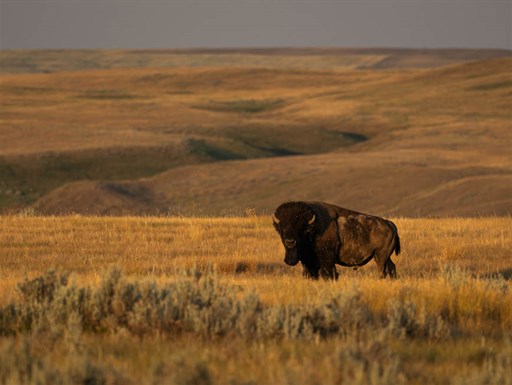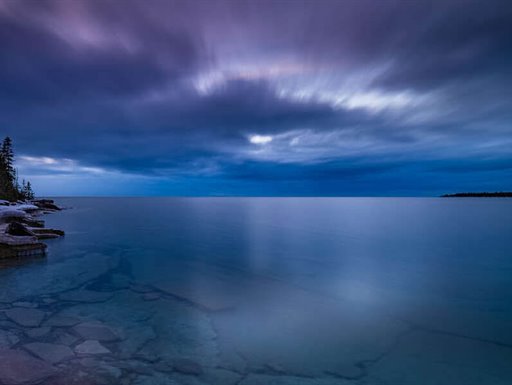Here you will find an ever increasing range of articles covering technique and tips on using our cameras and lenses.
By Nicole Gearty, Photographer
Often when people think of macro photography they think of insects, arachnids, fungi and flora. However, the macro ‘season’ extends beyond the warmer months.
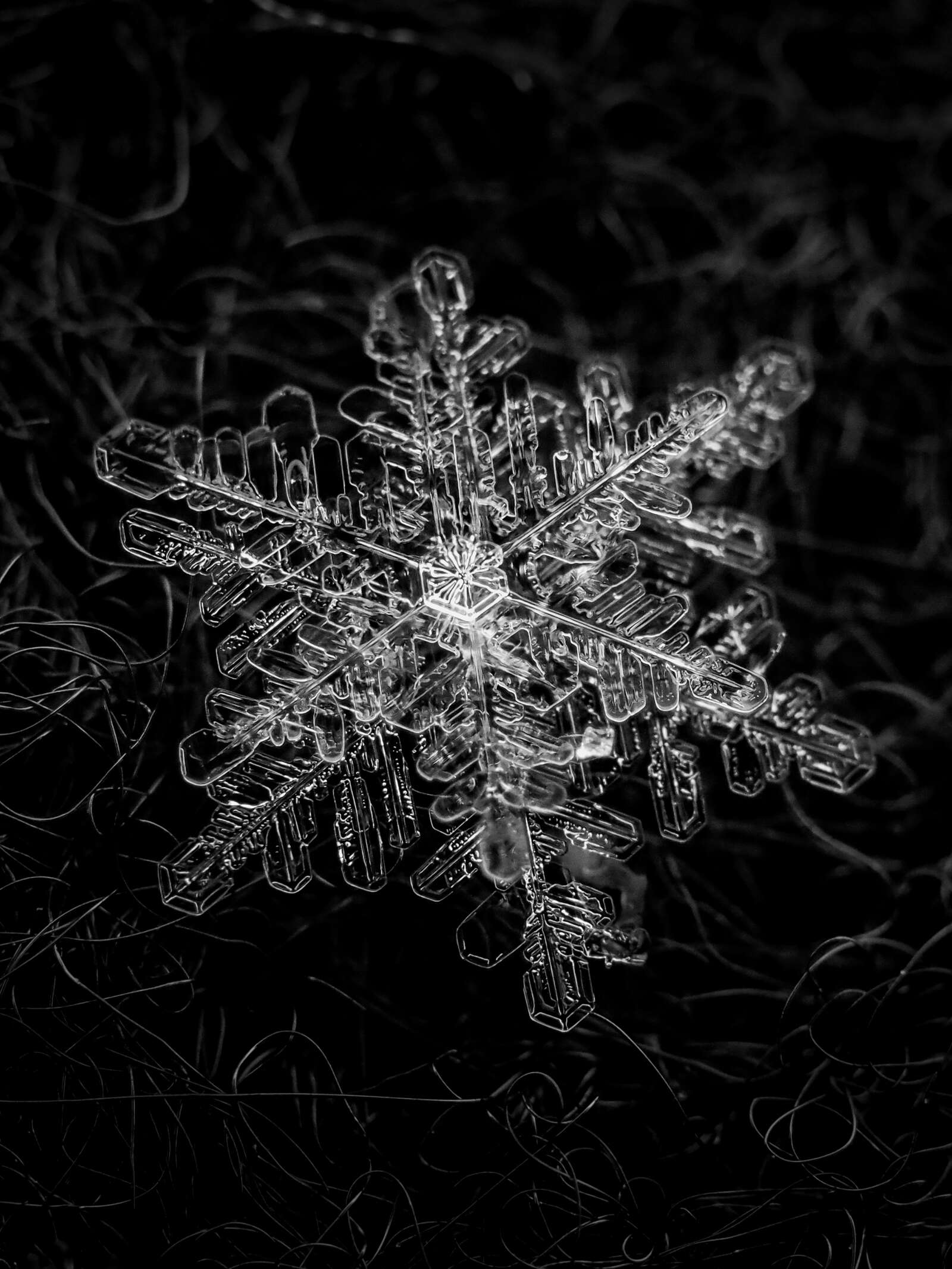
OM-D E-M1 Mark III | M.Zuiko 30mm F3.5 Macro1/80s | F5.6 | ISO 640
Winter is one of my favourite seasons here in New England; there is something magical about the first snowfall of the year. Sometimes, under the right conditions, the snowflakes so large that their intricate patterns can be seen with the naked eye. Other times they are such tiny little flakes that their beauty can only be captured using a macro lens. In this article I will share my tips and tricks on how to photograph macro snowflake images using the OM-D E-M1 Mark III and the M.Zuiko 30mm F3.5 Macro.
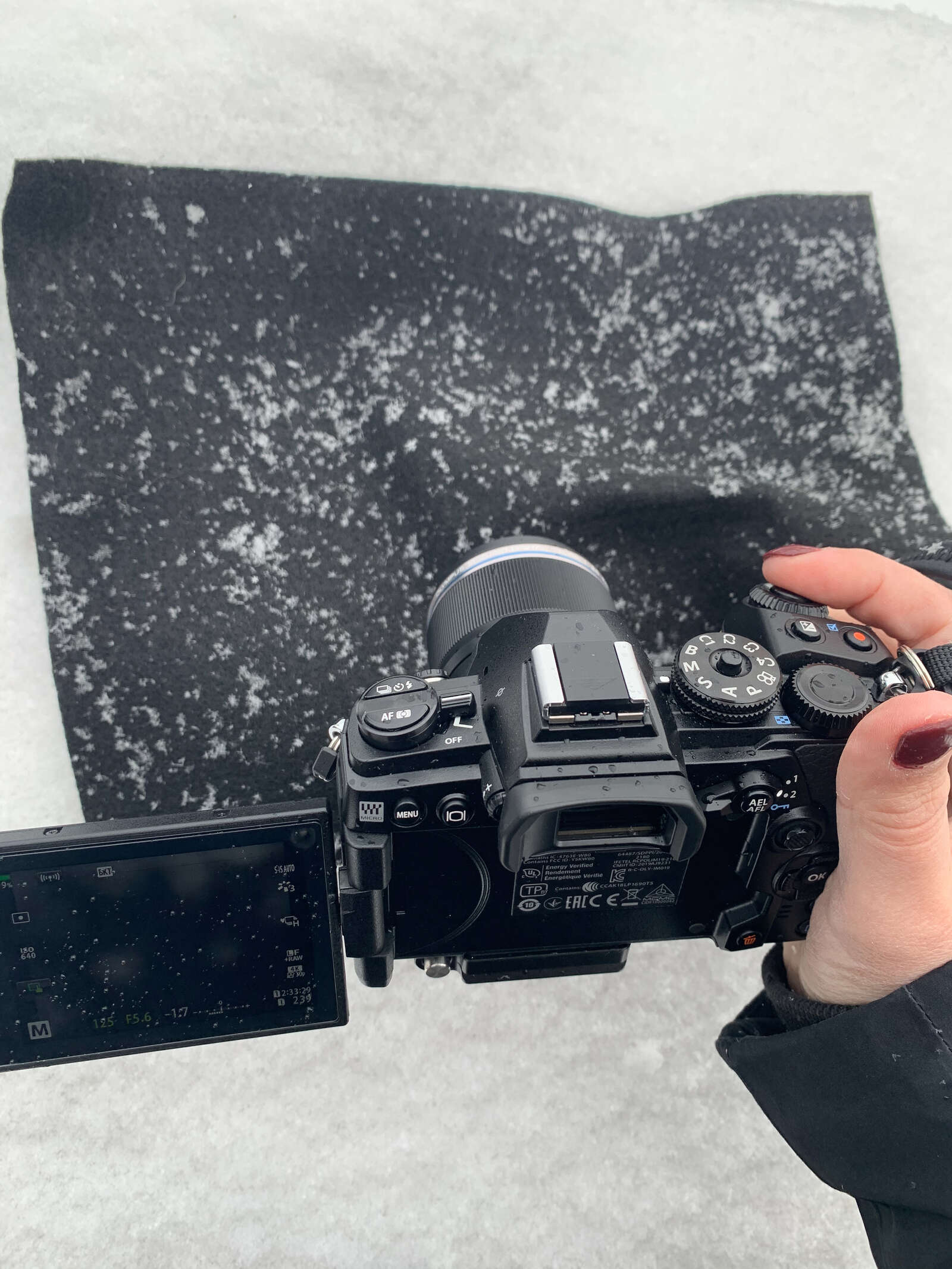
The set-up
The M.Zuiko 30mm is my lens of choice for snowflake photography. A snowflake's size and pattern depends on the temperature. On average, snowflakes range in diameter from 0.05cm to 2cm. The 30mm’s 1.25:1 ratio allows you to not only get closer but also capture more detail in the image.
Prior to photographing your snowflake, you will need to choose a material for the snowflakes to land on; black felt is my favourite. I find that the texture of felt adds a cosy detail and the dark colour adds a nice contrast against the snowflake. A felt square is small so you can shake it out when the snowflakes start to pile up, and its easily manipulated if you want to try and stand the snowflake up and compose your shot. I do recommend trying a few different types of materials and different colours to find what you like best.
I prefer to work from a taller surface while photographing snowflakes so that I am not hunched over or blocking out any light with my body. For my set-up I sometimes use the outdoor grill on my decking as a work platform, but a folding table, stool or chair could be used.
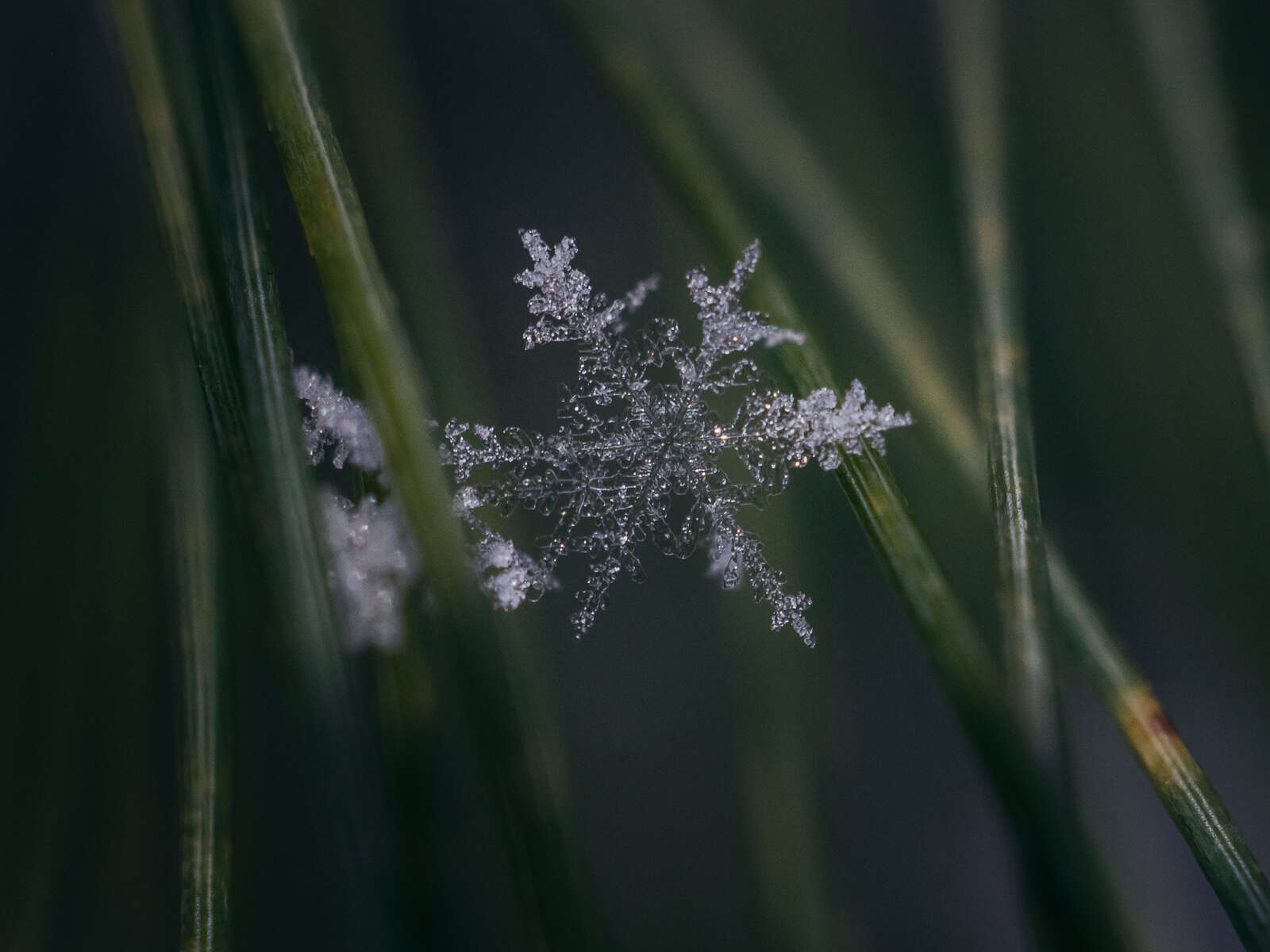
OM-D EM-1 Mark III | M.Zuiko 30mm macro1/100 sec | f/5 | ISO 40
Beyond the traditional set-up
I always encourage creativity in photography and composing your shot. If you live in a wooded area, you could use pine needles, pine cones or other natural elements as a backdrop for your photo. When using natural elements, I like to focus on the top largest snowflake. To capture the individual detail, it is important to not wait until the snow is done falling because the flakes will have compressed too much.
Another interesting way to capture snowflakes is to photograph them stacked on top of one another. This allows you to see and compare the individual beauty of each snowflake.
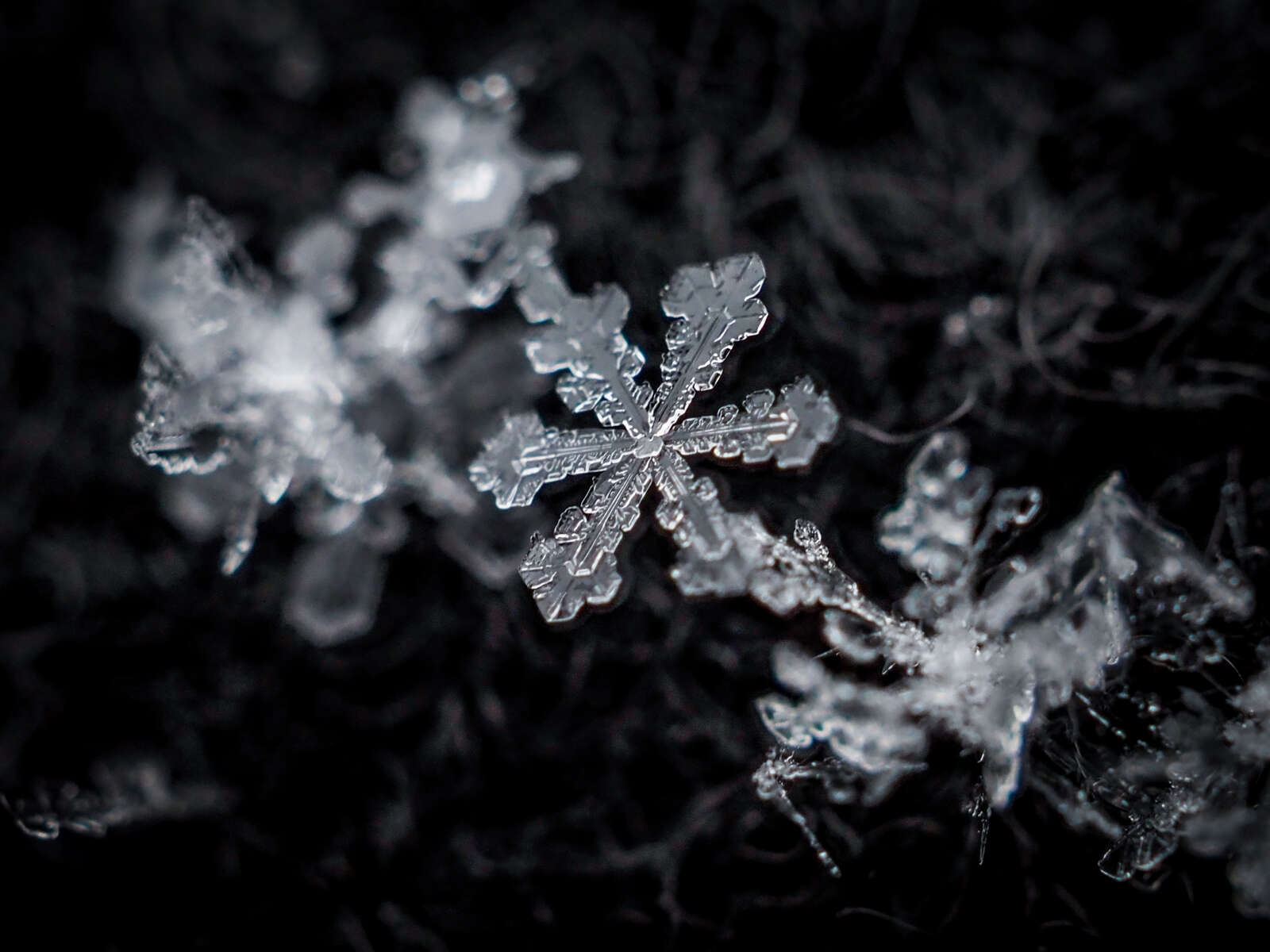
OM-D E-M1 Mark III | M.Zuiko 30mm F3.5 Macro1/160s | F5.6 | ISO 800
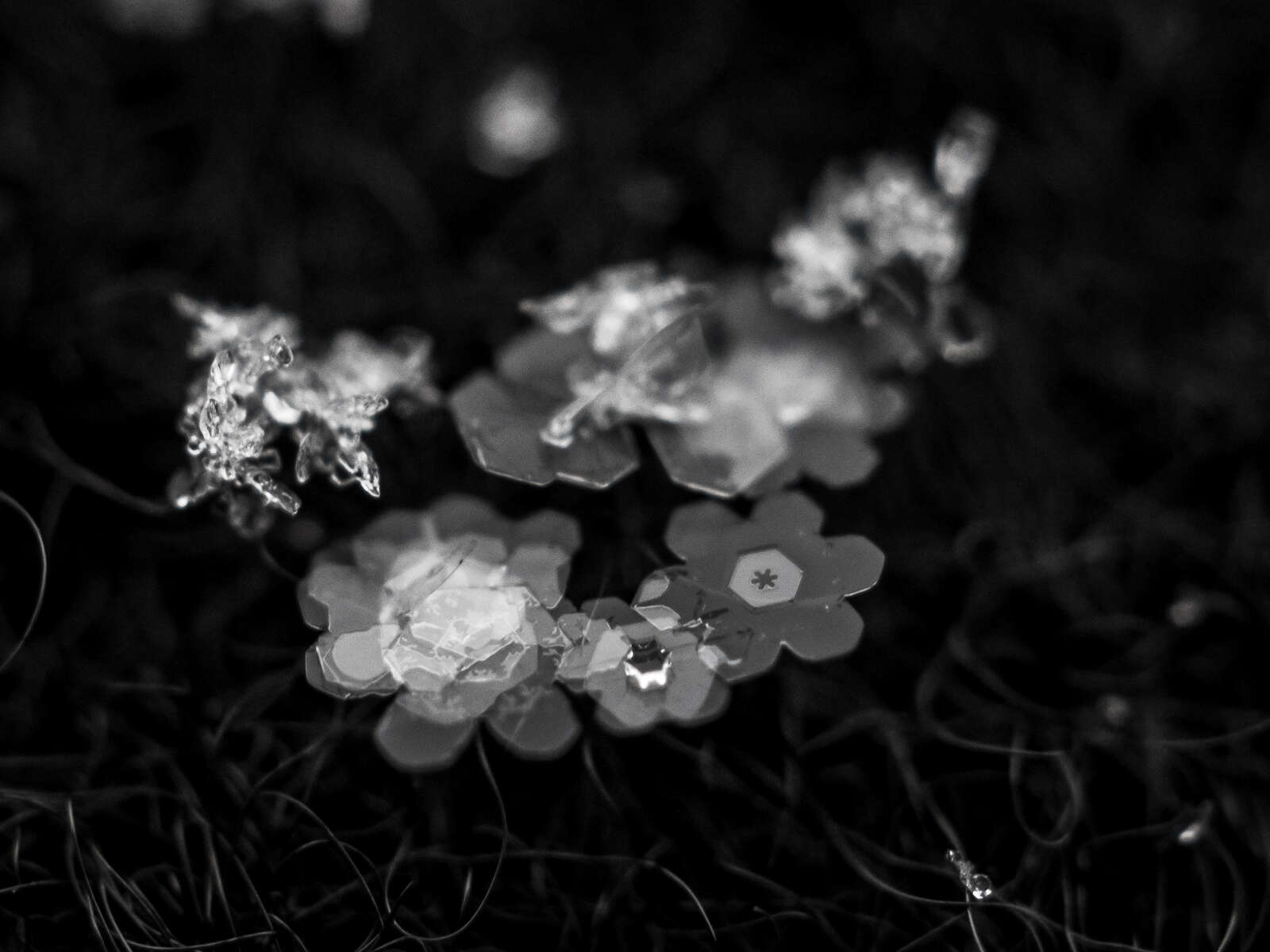
OM-D E-M1 Mark III | M.Zuiko 30mm F3.5 Macro1/125s | F5.6 | ISO 640
Composing and capturing your image
Depending on the size of the snowflakes you may want to capture them grouped together or on their own when photographing on the material. Once you find your perfect snowflake, look for the best angle and lighting by turning the felt or moving yourself until you are happy with the composition. You need to move quickly since the snowflakes will start to melt. I suggest keeping your aperture wide open to let in all of the ambient light that you can, slow your shutter speed and increase your ISO until you have proper exposure.
I use my OM-D's in-camera Focus Stacking feature to pull as much detail as possible from the snowflake. I like to hand-hold my macro shots because I feel like it gives me a bit more versatility, but you can absolutely use a tripod, beanbag or whatever you need to help you achieve your best shot.
Tips and tricks
My biggest tip is to keep your material of choice in your freezer. This will help prevent the snowflakes from melting too quickly.
Using a torch or mobile phone light works beautifully to bring out more detail in the snowflakes. I have found that sometimes even on the lowest settings a flash can be too powerful and can easily blow out the highlights in your shot unless you are using a flash diffuser.
Keep in mind that photographing snowflakes can sometimes be tricky and it takes patience, but once you find your groove you will be anxiously awaiting each snowfall so you can capture more images!
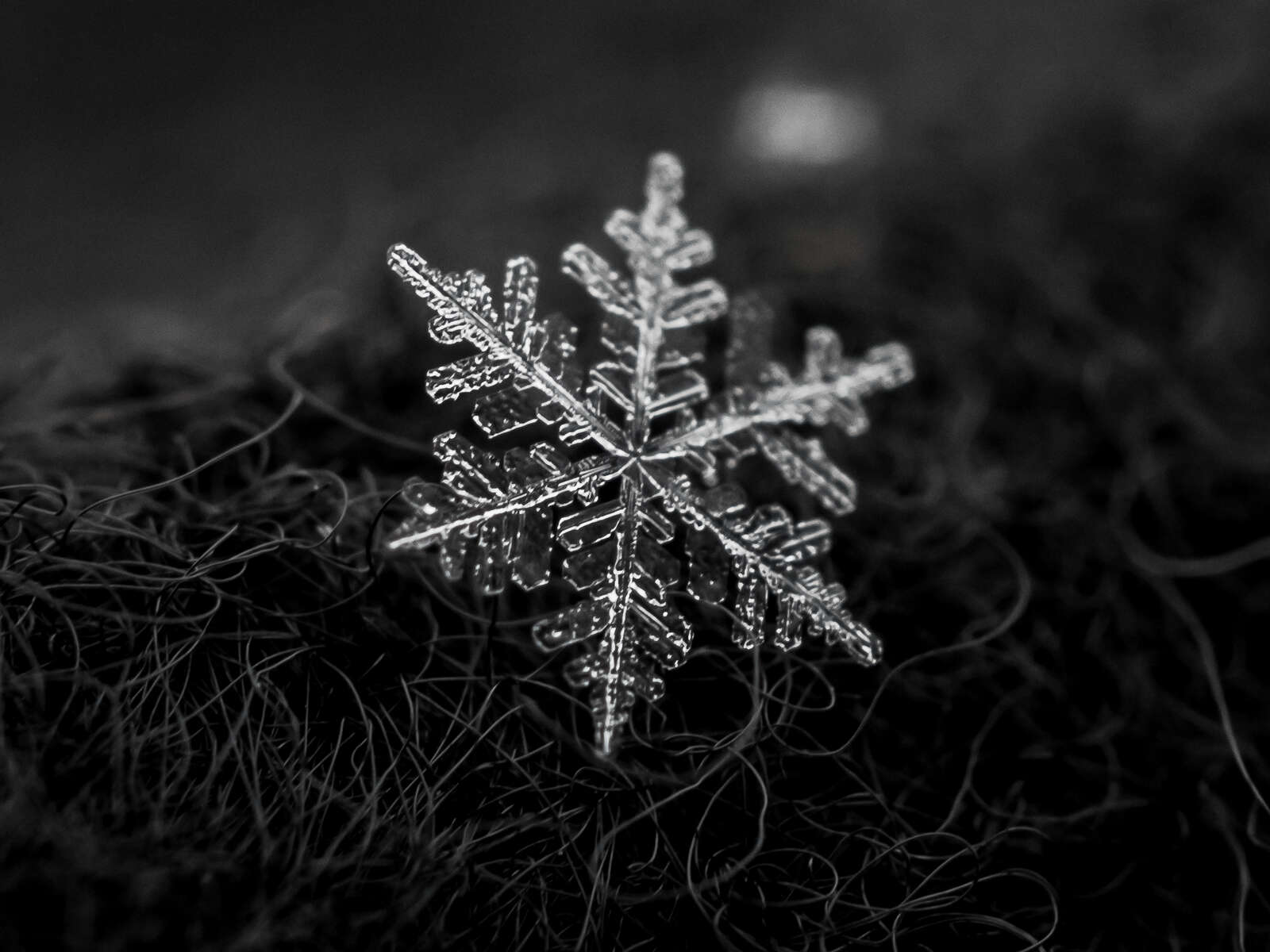
OM-D E-M1 Mark III | M.Zuiko 30mm F3.5 Macro1/160s | F4 | ISO 800
OM-D E-M1 Mark III | M.Zuiko 30mm F3.5 Macro1/160s | F5.6 | ISO 800
Macro photography is a style that can be enjoyed year-round. Beyond photographing snowflakes, winter gives us the opportunity to capture frost, icicles, and if you live in an area that gets down into the negative temperatures, you can even photograph frozen bubbles. I hope this article has helped you learn how to capture snowflakes and inspired you to explore more elements of winter macro photography.
Stay warm, make some hot chocolate and have fun photographing your winter macro subjects.

